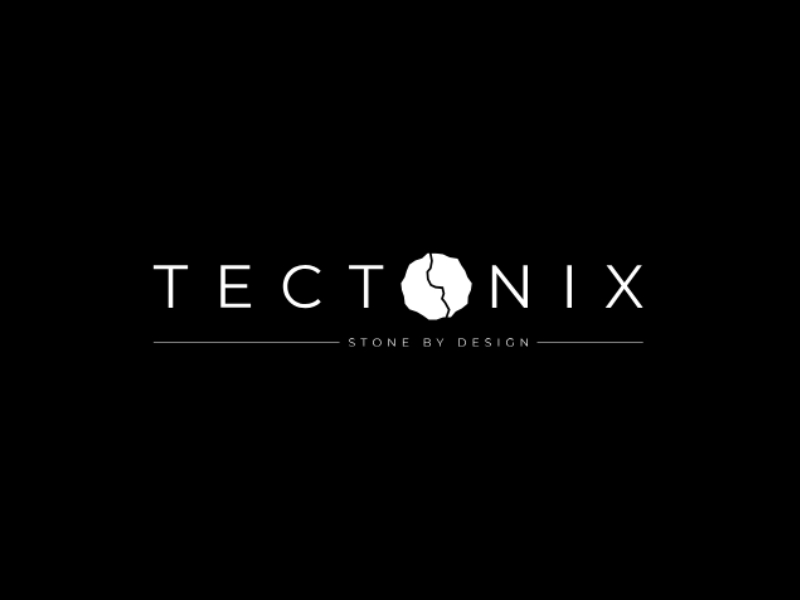Project showcase
Beckenham Place Park in Lewisham, London – London Borough of Lewisham with BDP

Beckenham Place Park is Lewisham’s largest green space at 98 hectares. It contains ancient woodland, a Local Nature Reserve, walking and cycling trails, a golf course, the Green Chain and the Waterlink Way routes. There is a focus on biodiversity and bringing people from all walks of life together.
Where is the project located
Beckenham Hill Road, Beckenham BR3 1SY
Who is the developer/client of the project?
Client: London Borough of Lewisham
Who is on the project team? (designer, consultants, etc)
Landscape Architects: BDP
Architects: Thomas Ford Architects
Describe the context of this project and its neighbourhood and people?
Beckenham Place Park is Lewisham’s largest green space at 98 hectares surrounded by suburban development of Beckenham, Bromley, Lewisham, Bellingham, Downham and Catford.
The park has multiple entrances and serves a wide catchment from diverse ethnic groups and age.
Considered one of the finest wildlife sites in the borough, it contains ancient woodland as well as a variety of other habitats and is a Local Nature Reserve with links to existing walking and cycling trails; the Green Chain and the Waterlink Way routes.
The park has been a golf course until recent years and therefore characterised by long mown grass drives, structured by trees with man-made landform, bunkers and a general lack of natural park features and paths. The buildings were run down, their setting compromised by overgrown vegetation and broken paving, fencing and furniture.
A large car park was situated in front of the mansion house and a number of ancillary buildings in close proximity very much took away from the experience and arrival at the mansion house itself.
All in all the site lacked an inviting park experience and character, but had lots of potential to become a very special place.
Tell us what you did and how it was designed and delivered. What do you see as the greatest success of this project?
BDP was commissioned by the London Borough of Lewisham to improve the park’s facilities for the communities surrounding it, and to attract a much more diverse and larger audience to use and enjoy it. The council was awarded £5 million from the Heritage Lottery Fund to support a comprehensive restoration scheme, which looked at specific site enhancements to focus best use of the budget. These include improving the entrances, creating site-wide routes, restoring the formal historic gardens and 18th century pleasure ground path layout, a new play area incorporating carefully chosen play equipment, sensitively restored landscape near the stable buildings.
The lake, a key feature of the scheme, which at 285m long by 50m wide and about half the size of the original, is now the capital’s first purpose-made public wild swimming lake with paddle boarding activities. Refreshed with water from a borehole, it is kept clean partly by an aeration system and partly by aquatic vegetation. An outflow into wet woodland established in the footprint of the original lake will, over time, create an ecologically rich habitat.
Throughout the construction phase BDP engaged with the council, the park staff, and the volunteers, and regularly communicated with the client and the contractors with a pragmatic and problem solving approach, ensuring the successful delivery of the design.
The project has positively contributed to the community, generated income to the council and enhanced biodiversity. The community response to the project overall and bringing people together is the greatest success of the project.
How does this public space bring people together, encourage inclusivity, and make a positive environmental impact to the wider place? How is the community engaged in the project?
The regeneration has reconnected the park with its surrounding communities and provided much needed high-quality open green space with improved facilities attracting a larger and more diverse audience.
Since the grand opening, many events have taken place in the parks grounds and at the Mansion House, such as Open House, open air cinema, swimming and boating events, vintage markets, food fairs, art and crafts workshops and pop-up cinema. These have attracted people from all over London, making Beckenham Place Park a sought after destination for outdoor celebrations and wellbeing.
Beckenham also offers opportunities for volunteering and community engagement; the Victorian gardener cottage that has been restored with a community garden and straw bale garden serves as a hub for existing and new volunteers growing vegetables such as tomatoes, courgettes, cucumbers, spring onions, beetroot and more.
The stable block has been restored as café and education room, with toilets and terrace seating, and the stable yard has been open to the public as a welcoming gateway for visitors to Beckenham Place Park.
Community involvement has been an important factor before, during and after the construction stage. The park has a Community Engagement Officer who helps manage a dedicated group of volunteers who undertake a wide variety of activities ranging from gardening to woodland management and from upcycling old pallets to helping out at events in the park. A local charity based in the new courtyard also run workshops for children, young people, adults and school trips.
Please share any data or figures that support your entry about how this public space or landscape intervention has made a positive social or environmental impact, for example biodiversity, increased dwell time, flood or drainage mitigation, wellness or safety or other ecosystem services.
250 Words max. Please upload an image or document to support your entry
Following the restoration of the lake, a series of new habitats and new food chain have been created within the park, alongside enhancing existing habitats. In 2020, Hobbies have nested in the park which feed on dragonflies and Swifts. The Lake also provides a rich feeding ground for bats.
Extensive dry woodlands including pockets of ancient woodland occupy the heart of the park, these have been enhanced with wide fringes of newly planted woodland. An outflow into wet woodland established in the footprint of the original lake will, over time, create an ecologically rich habitat. In addition, large areas of unmown grass and wildflower grassland are integrated throughout the park setting. The variety of natural areas provide visitors, children’s and adults alike, with a welcoming setting for educational and wildlife discovery activities.
In 2021, a bee hive colony was formed by volunteers which aim to produce honey next year.
The bees have a range of diverse flowers in the formal gardens to feast on.
Since the commencement of the project, in addition to general park users there have been over 100 events hosted in the park, over 4,900 hours of volunteer time donated per year, over 25,000 enrolled participants at events organised by the Community Engagement Officer, over 30,000 swimming sessions, and outdoor education for over 8,000 students.
The volunteers donated the fresh produce from the community to Downham Gleaning Pantry, a volunteer-run project which was set up in the first lockdown to provide food to struggling families.
Festival of Pineapples
24-26 February 2026
Pineapples prize giving night
April
Pineapples at Festival of Place
10 June 2026
© The Pineapples - Tweak Ltd. 124 City Road, London, EC1V 2NX. Tel: 020 3326 7238



